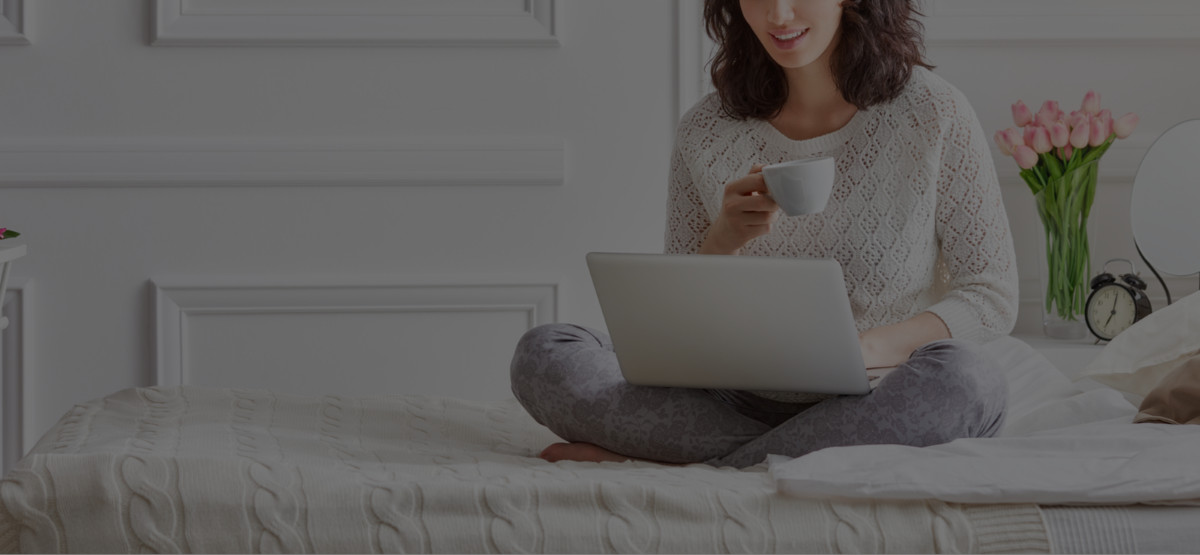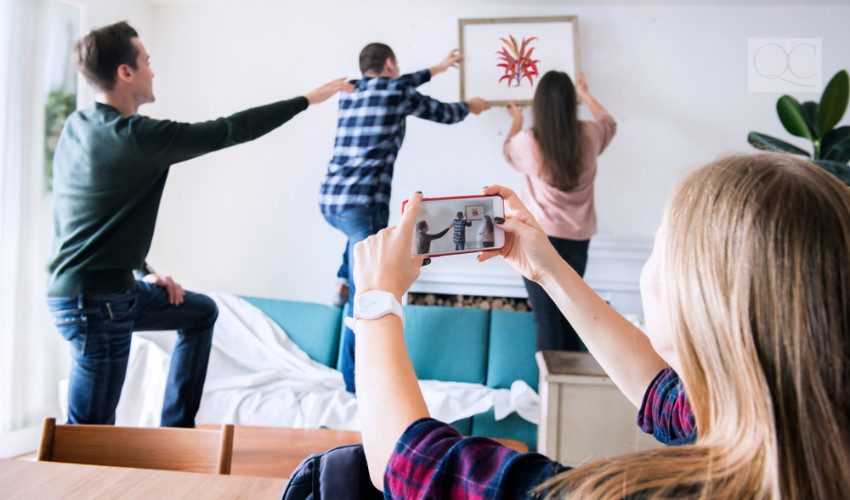Chances are, you’re busy enough without having to juggle the management for a handful of social media accounts as well. But social media is a necessity for marketing your interior decorating business—sometimes it’s the best way to showcase your work to people who might not have found you otherwise.
So how do you incorporate social media into your business without devoting all your time to it?
The trick is to focus. Don’t just dive in and register for everything; just like marketing your business offline, take some time to think about who your target audience is and how best to reach them. A site like Instagram may be a great place for displaying photos of your work, but with its younger user base, it might not bring in as much business as a site like Facebook or Pinterest.
Luckily, you don’t have to figure this out all on your own. Here’s our rundown on the best social media sites for you to focus on and what they can (or can’t) do for you.

Arguably, Facebook was the first truly global social network. While it started out as a platform limited to college students, it’s now expanded to include over 1 billion users from various countries and age groups.
The Pros:
- Huge user base = wide reach
- Easy to set up a page for your interior decorating business
- Easy to house and display new photos
- Post-scheduling feature so you can post when your fans are online
- Growing base of mature users, making it a good tool for targeting your audience
The Cons:
- Algorithms used to decide what content is shared and with whom means that not all of your fans will see your new content
Twitter is another major social media phenomenon, with over 140 million users across the world. With Twitter, your posts are limited to 280 characters, so it’s good for sharing short announcements, as well as links, photos, or videos.

The Pros:
- Search feature allows you to find competitors based on keywords—and allows potential clients to find you
The Cons:
- Profile restricted to 160 characters, meaning you can only share limited information
- No easy way for potential clients to view galleries of photos you’ve shared
- Character limit may tempt you to compromise spelling and grammar, which can reflect poorly on your business
This application is growing in popularity, particularly with younger crowds. It’s an image-based platform that lets you snap a photo, apply a filter to edit it, and share it with your friends and followers.
The Pros:
- Great for sharing photos and building a profile that highlights previous projects
- Even if photography isn’t your strong point, filters will improve the quality of the photos you post to make them look more professional
- Easy to share progress pictures or before-and-after photos, giving followers an inside view into your process
- Uploading a mix of (appropriate) personal photos and design photos allows followers to feel like they’re getting to know you
The Cons:
- Image-heavy platform means less space and attention for text and information about your business
- Links are not clickable in photo descriptions, making it more difficult to share your content and get potential clients to your website
Pinterest is another image-based platform. It’s relatively new, but it’s seen a real explosion in popularity. You can use to “pin” images to your online board, re-pin images from other users’ boards, “like” photos, and leave comments.
The Pros:
- Sourcing is easy—when an image is re-pinned, the source and pinner are automatically re-pinned as well, which helps redirect people to your website
- Many people go to Pinterest to look for inspiration for home decor, so your content has a good chance of going straight to your target audience
- Easy to share your own photos, but also to get inspired by creating boards of other people’s work
- Your boards give potential clients a sense of your personal and professional style
- “Secret” boards let you pin photos for your own personal inspiration without anyone else seeing them
- Collaborative boards let you work with clients to achieve a certain look or style
The Cons:
- Image-heavy platform means less space and attention for text and information about your business
So… where should you focus?

There’s no one social media platform that will reach everyone—social media can easily turn into a huge time suck, so many users will focus their attention on a single account. Before diving in and creating your own accounts, do a little research into what platforms are best for reaching your target audience.
If you’re looking for the widest possible reach, sites like Facebook and Twitter are probably your best bet. Plus, for those with truly chaotic schedules, you can easily run your Facebook and Twitter accounts from a single third-party site like Hootsuite, which lets you manage messages, create and queue posts, and track activity.
For displaying images of your work, though, it’s hard to beat Pinterest or Instagram. Plus, because so many people share ideas and look for inspiration on these sites, taking a look through other users’ new posts once in a while is a good way for you to keep up with the latest trends.
Consider checking out LinkedIn, too. Once you’ve set up your profile it’s relatively low-maintenance, but it’s an easy tool for networking with other professionals.



